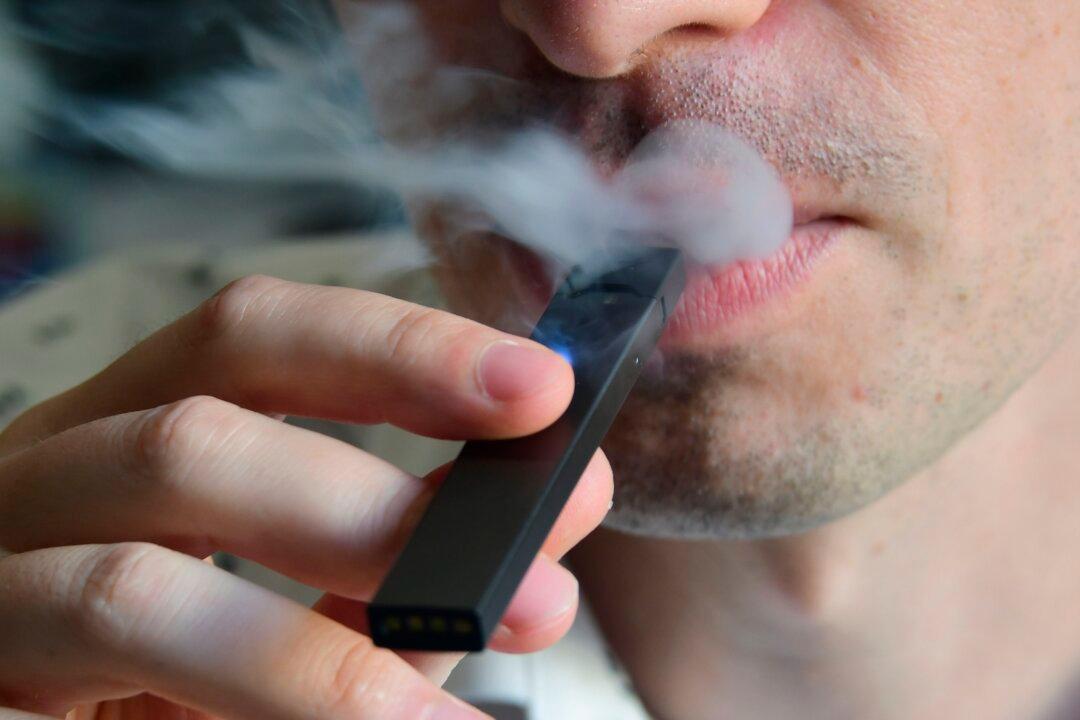A new study reports a quarter of Canadian teens surveyed had vaped within the past month, with most of them smoking vapes containing nicotine.
Out of almost 40,000 high school students surveyed, about 12 percent smoked only vapes containing nicotine. About 14 percent smoked some vapes containing nicotine and some without. And only 2.8 percent smoked nicotine-free vapes exclusively.





